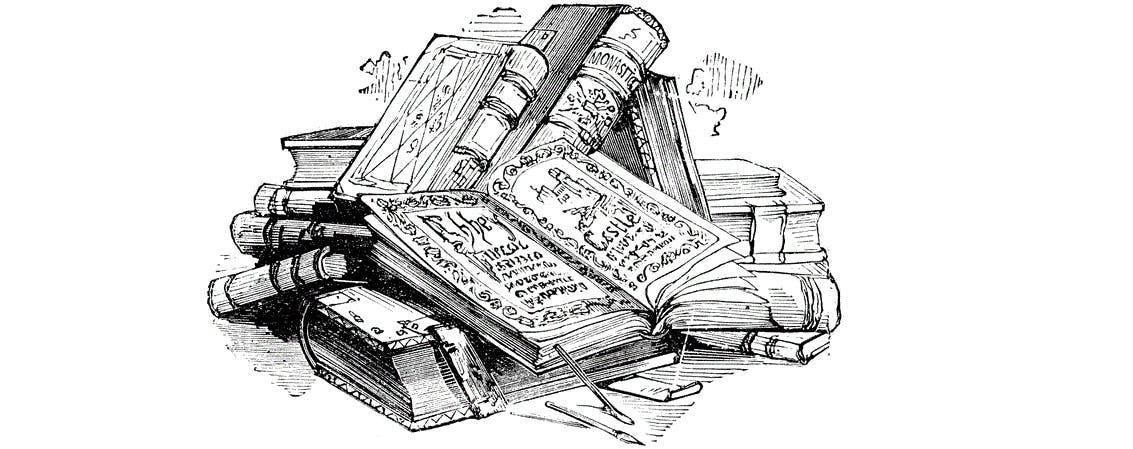
[This blog entry is likely going to get me in a whole heap of controversy, but it's something that's been eating me up inside for some time...]
Nearly every company I've been involved with and done business with here at SafetySync has two binders. One labeled "JHA's" and the other labeled "Safe Work Procedures"; and they both contain almost exactly the same information: A bunch of tasks broken down into steps, hazards, risk levels, and controls.
Invariably, the people in operations (the ones who are meant to benefit from the binders) get confused by the apparent duplication, and ask the question... What's the difference between a JSA and a Safe Work Procedure? And why do we have both?
[Editor's note: JHA is an acronym for Job Hazard Analysis or Job Hazard Assessment, which is also commonly referred to as a JSA, meaning Job Safety Analysis.]
My answer: They are the same thing, but represent different stages on a timeline. JHA is the process, and the Safe Work Procedure is the outcome. Let me explain each element in more detail...
The Job Safety Analysis is the act of getting a group of qualified individuals (supervisors, senior employees, safety personnel) together to:
1. Observe a task being performed.
2. Identify the potential hazards for each step in the task.
3. Assess the risk potential and severity of each hazard.
4. Brainstorm appropriate controls according to the risk levels identified.
[Editor's note: JHA is not a one-time event. It can (and probably should) occur simultaneously at a number of different locations. I recall an oil company representative once demanding that all its rigs stop work immediately to perform JHA's after an incident.]
Naturally someone should be taking notes during each JHA to satisfy due diligence requirements. More on this later.
The JHA development team should then take the information gathered from conducting the Job Hazard Analysis (or Analyses), and write an official Safe Work Procedure. This Safe Work Procedure will in all likelihood be an exact copy of the latest iteration of the JHA. It is the document that should be approved by senior management and circulated among the workers. It is the roadmap for performing a task safely. It remains unchanged until a subsequent JHA (which should be conducted regularly) identifies a new hazard or comes up with a better control.
Once the Safe Work Procedure is in circulation, the JHA record should be filed away for reference and due diligence purposes only. Maintaining and circulating both binders will only lead to confusion, frustration, and inconsistencies.
If you have questions about how these systems differ, please give me a call at (403) 668-6402 ext. 111, and I'd be happy to demonstrate how we manage each of them in our software.
Still have questions?
Let our knowledgeable sales team give you a full product tour and answer any specific questions you may have.
Workhub Internal